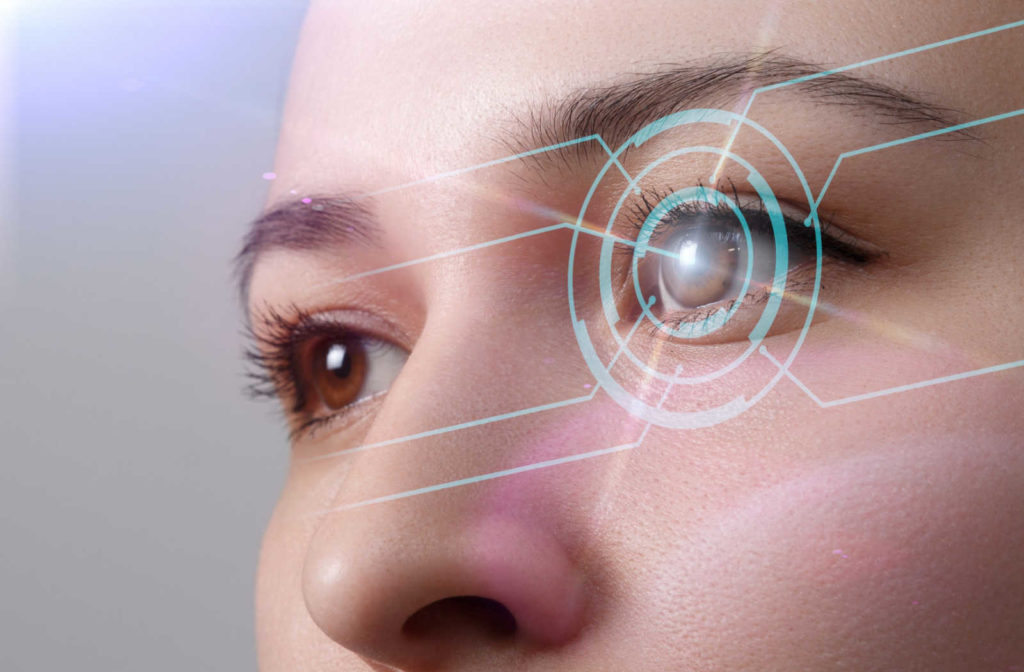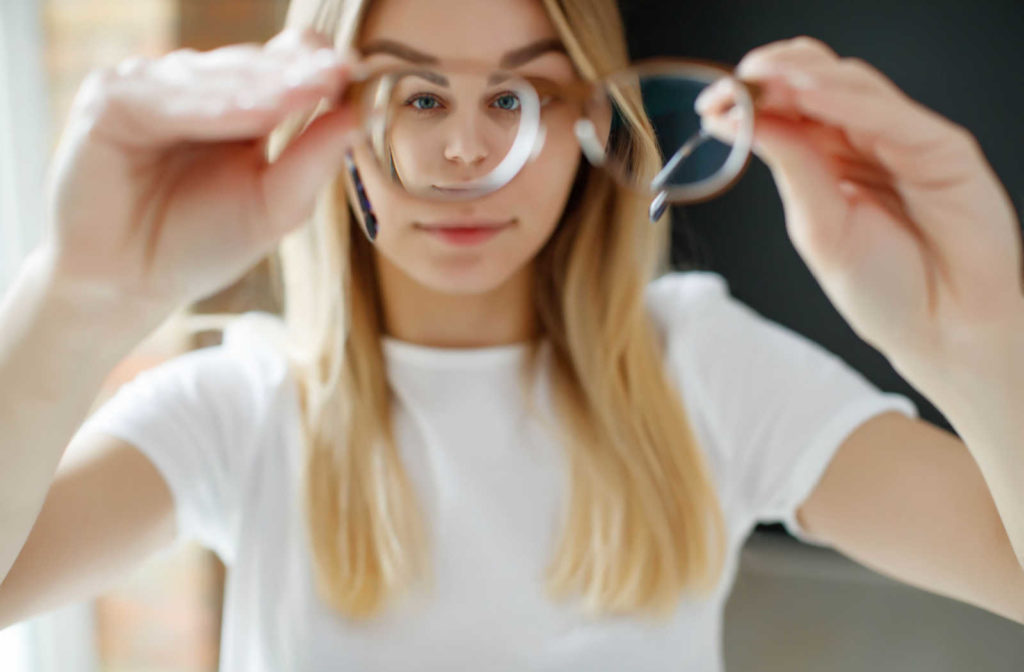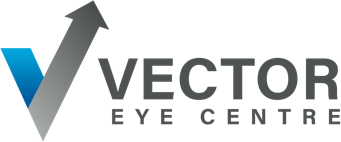Looking for Clearer Distance Vision
Many people rely on glasses or contact lenses to improve nearsightedness (blurry distance vision). Unfortunately, even wearing prescription lenses may not provide clear vision when you have a severe refractive error.
People with high myopia often need additional vision correction to see comfortably. Patients with severe myopia may need to wear glasses even after laser refractive surgeries like LASIK, PRK, or SMILE.
So are there options for correcting high myopia? Are ICL and RLE better than LASIK for high myopia?
What Is High Myopia?
Myopia (nearsightedness) causes blurry or unfocused distance vision. The condition occurs when the eyeball is too long or the cornea is steeply curved, preventing light from focusing on the retina (sensory tissue at the back of the eye). In the majority of cases, the eyeball is longer than normal.
Your eyes continue to grow and change a lot during your childhood, contributing to visual development. Many people may observe vision changes in puberty because their eyes experience an extra growth spurt. Eye length generally stops growing at about 20–21 years old. This allows for stability of one’s glasses prescription and stability of vision over the long term.
Changes to your prescription (and degree of myopia) can occur because your eyes are still growing. Although your vision can change at any age, nearsightedness is typically detected during a child’s early school years.
Myopia is the most common type of refractive error and a leading cause of limited vision and legal blindness (VA less than 20/200) worldwide.
The global prevalence of myopia is increasing. Research suggests that nearly 50% of the global population will be myopic by 2050. About 10% will have high myopia. In addition to higher rates, myopia also affects children earlier and progresses faster.
High or pathologic myopia is typically measured as -6.00 diopters or more with an eyeball length greater than 26.5 mm. For comparison, 20/20 vision is the standard for average visual acuity, but high myopia results in 20/200 or worse.
Although high myopia decreases visual sharpness, it does not directly cause legal blindness. Instead, the condition increases your risk of developing sight-threatening conditions, including:

How Can High Myopia Be Corrected?
Mild myopia may cause few noticeable symptoms. For example, letters on a movie theatre screen might appear fuzzy, but you can still make out the words. People with mild to moderate myopia can easily improve their vision with glasses or contact lenses.
Moderate to high myopia may cause more severe symptoms when untreated. For example, you may need glasses to differentiate faces on your TV, or are legally required to wear prescription lenses to attain a driver’s license.
As the prevalence of high myopia increases, eye care and health providers have focused on developing methods for slowing myopic progression.
Adults with myopia may be candidates for refractive surgery. Most people think of LASIK when they consider vision correction surgery. Although LASIK or PRK can have good outcomes for high myopia, other options exist for people with high myopia.
ICL
An implantable collamer lens (ICL) is an artificial lens surgically inserted in the eye to correct vision. The ICL material is a combination of plastic and collamer (purified collagen).
An ICL is a phakic lens—meaning the eye’s natural lens stays in place and no tissue is removed. Therefore, healing is generally faster than other refractive surgeries, including LASIK and PRK.
ICL surgery is often recommended for people with high degrees of myopia or patients who are poor candidates for other refractive surgeries. An ICL can effectively enhance vision without permanently changing your eyes. Furthermore, in many cases, ICL can also be an excellent treatment for low myopes and hyperopic patients as well.
ICL surgery is reversible. Suppose you experience vision changes later in life, such as presbyopia. In that case, you may want to update your lens to match your changing visual needs.
An ICL is less likely to cause poor night vision, a common side effect of LASIK. Additionally, there’s a significantly lower risk of dry eye as the cornea is not directly impacted.
The main benefits of an ICL include:
- Correcting severe myopia when other surgeries cannot
- The surgery is less likely to cause dry eyes or glare
- Recovery is quick as no tissue is removed
- Unique lens features can enhance vision
- May also be used for low myopia and some cases of hyperopia
RLE
Refractive lens exchange (RLE) is a surgical procedure for improving vision by replacing the eye’s natural lens. Similar to ICL surgery, RLE uses an artificial or intraocular lens (IOL) implant. The IOL may have unique design features, including light-adaptive material or anti-glare coating.
RLE or clear lens extraction (CLE) is a variation of cataract surgery and an alternative to laser refractive surgeries.
RLE shares similarities to ICL, but the recovery time can be longer as the crystalline lens is removed. The main benefits of RLE include:
- Correcting high myopia when other surgeries cannot
- Eliminating the possibility of developing cataracts
- Preventing vision changes due to presbyopia
- Unique lens features can enhance vision
- Can be used for low myopia and most cases of hyperopia
Is ICL or RLE Right for You?
Severe myopia can impact your daily life. When you want freedom from glasses or contacts, there are solutions that can enhance your vision.
Vector Eye Centre offers various treatments and options to help you preserve your sight. Our compassionate team strives to provide comfort and quality when you’re in our care. Whether you have high myopia, or you’re looking for a LASIK alternative, we can help. Book a consultation to see if ICL or RLE is appropriate for your vision. Contact us today!



